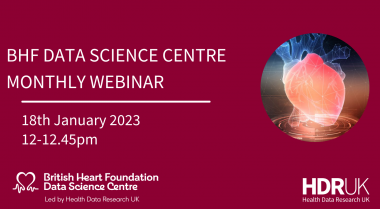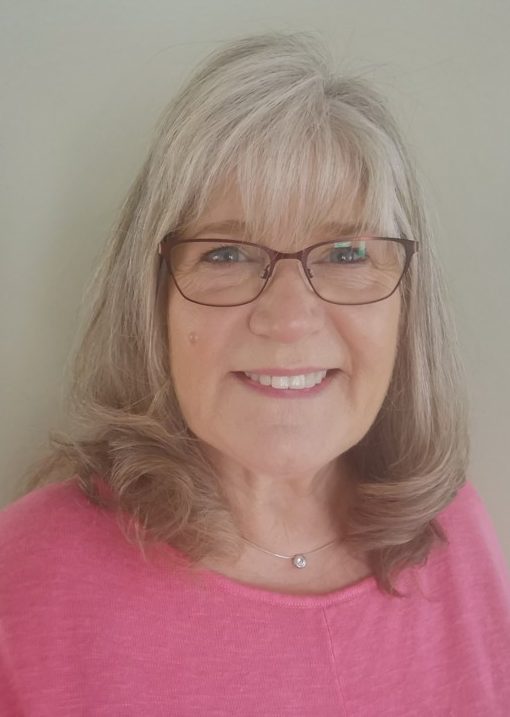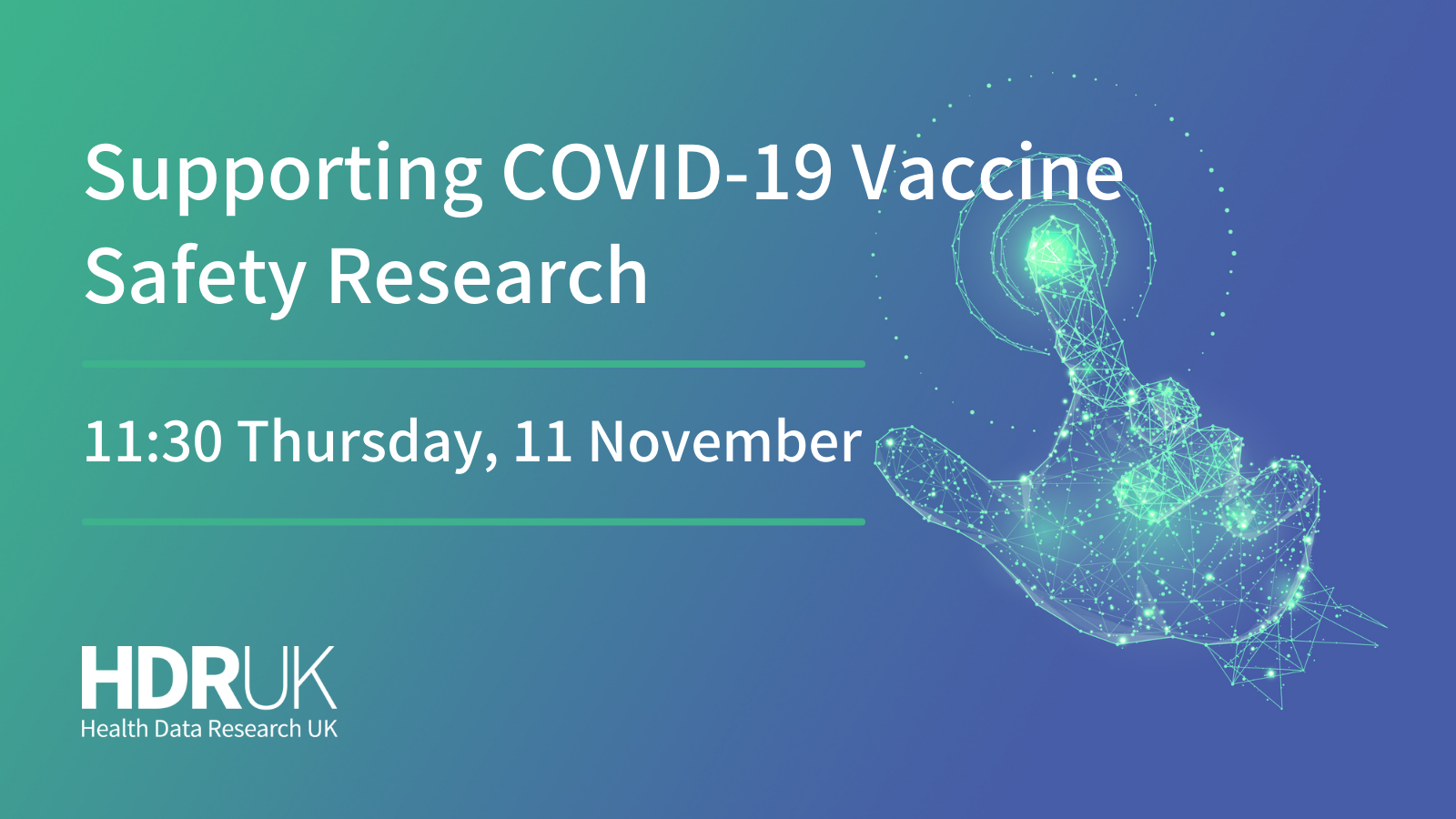Spotting new symptoms of COVID-19 from health data
25 August 2020
More than 3 million citizen scientists have been tracking their health using the COVID Symptom Study app during the pandemic. The data from the app has highlighted two previously unverified symptoms: anosmia (losing your sense of smell) and a rash. We spoke to two of the researchers involved in the study, Dr Cristina Menni and Dr Veronique Bataille, to find out more about how the app helped them spot these unusual COVID symptoms.
When the coronavirus pandemic hit the UK early in 2020, we didn’t know much about the disease and how its symptoms can vary in different people.
To find out more, researchers at King’s College London, led by Health Data Research UK associate researcher Professor Tim Spector, and health data company ZOE designed a simple smartphone app asking people to log in and track their health every day, whether they are well or experiencing any new symptoms that might be COVID-19
As well as logging daily symptoms and the results of any coronavirus tests, the app also asks basic questions about health and relevant topics such as hormones, diet and activities, in order to gain insights into the factors that influence the course and spread of COVID-19.
Although users are asked to put in the first half of their postcode in order to map infection hotspots across the UK, it cannot access their phone’s location data or Bluetooth and can’t be used for ‘track and trace’ purposes. The data is also anonymised before it is collected, so there is no way to trace data back to a specific person.
The data from the app’s 4 million users have provided vital clues about how the virus presents in different people, highlighting the crucial early warning signs of the disease.
“We looked at the correlation between reported symptoms and testing positive or negative, to see whether we could identify clusters of symptoms that could be predictive of having the disease,” says Dr Cristina Menni, a research fellow at King’s who is lead author on the paper outlining their initial results, published in the journal Nature Medicine.
After analysing the data, the researchers found that having a persistent cough, lack of appetite, fatigue, and loss of smell (anosmia) and taste was strongly predictive of testing positive for COVID-19.
“Together, those symptoms could predict whether a person had the disease with over 78% specificity,” Cristina says.
“We found that anosmia had by far the strongest correlation with getting a positive test result,” explains Cristina. Following the publication of the paper, this symptom was added as a key hallmark of COVID-19 by the NHS.
“Knowing that anosmia is a key symptom is important for directing testing resources and encouraging people to self-isolate if they lose their sense of smell,” she adds.
More recently, the COVID Symptom Study team has identified another tell-tale sign of the disease: skin rash. Data from the app indicated that nearly 9% of people who tested positive for coronavirus also developed a rash, so the team asked app users to send in photographs of their rashes. They particularly sought images from people of colour, who are currently under-represented in dermatology resources.
The researchers then analysed the photographs together with the symptom data. They found that COVID-19 can cause three different rashes: a hive-type rash, a prickly heat or chickenpox-type rash, and reddish-purple bumps on the fingers and toes, which have become known as ‘COVID toes.’
According to the paper outlining their results (currently available as a pre-print), 17% of people who tested positive for coronavirus said the rash was their first symptom. For one in five people (21%) who reported a rash and were confirmed as being infected with coronavirus, the rash was their only symptom.
“It is important that people know that in some cases, a rash may be the first or only symptom of the disease,” says Dr Veronique Bataille, a consultant dermatologist at St Thomas’ Hospital and King’s College London who is part of the COVID Symptom Study team. “So if you notice a new rash, you should take it seriously by self-isolating and getting tested as soon as possible.”
The work by the COVID Symptom Study team has only been possible thanks to large-scale health data collection and analysis. And, of course, everyone who has used the app is playing their part. But there could still be many more useful insights hidden in the data that are waiting to be discovered by further research.
Anonymised data from the app can be securely and safely accessed for research through the BREATHE hub and the SAIL databank. Unsurprisingly, the most requested data set to date, highlighting the value of swift, simple, large-scale health data collection in such a challenging public health emergency.
“We have so much data from the app that the more people that work on it, the better, so we have a greater chance of finding something useful,” says Cristina. “It’s important to share data because we are all in this difficult situation together. So if someone finds something that can help us in the fight against COVID-19, it benefits us all.”
Health Data Research UK is working to make health data securely and safely accessible for research to improve people’s lives. Find out more at hdruk.ac.uk, and follow on Twitter @hdr_uk and LinkedIn.
Researchers can apply to securely access the COVID Symptom Study app data through the Health Data Research Innovation Gateway.
Read more:
- Real-time tracking of self-reported symptoms to predict potential COVID-19 – Menni et al (2020) Nature Medicine 26: 1037–1040
- How can you tell if you’ve lost your sense of smell? – COVID Symptom Study
- Diagnostic value of skin manifestation of SARS-CoV-2 infection – Bataille et al (2020) MedRixiv
- Skin rash should be considered as a fourth key sign of COVID-19 – COVID Symptom Study
- COVID Symptom Study homepage



